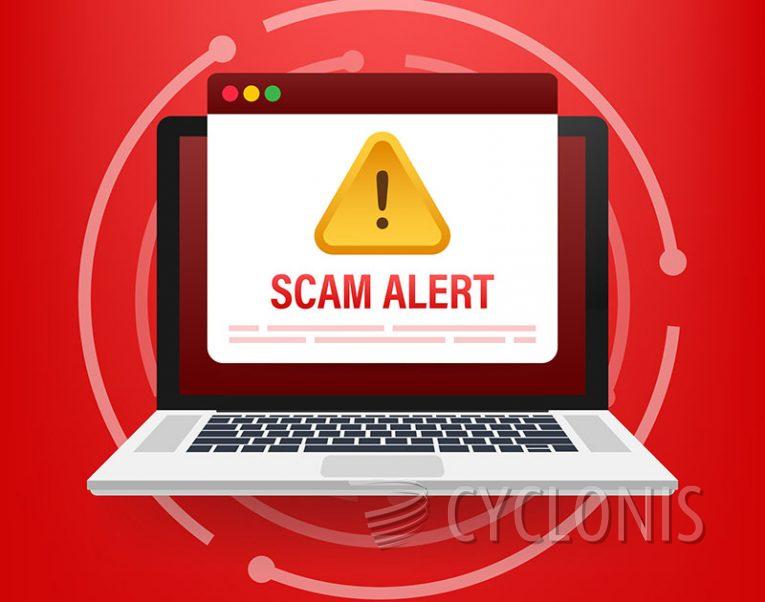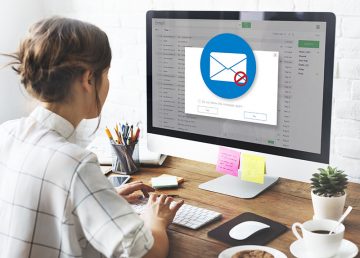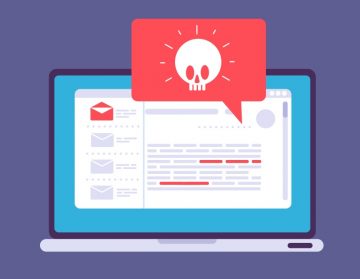'Security Risk For Your Email' Scam

Following a comprehensive analysis, our team has concluded that the purpose of the email in question is to deceive recipients into divulging their personal details. These kinds of emails are categorized as phishing attempts, where the senders, who have malicious intent, aim to deceive recipients into sharing sensitive information on fraudulent websites.
The phishing email starts with an alert about a presumed security threat related to the recipient's email. The email asserts that due to a recent breach of email data on their server, users must verify their email accounts again to prevent the suspension of unverified accounts. The email strongly emphasizes the importance of confirming legitimate and active accounts.
To prevent the suspension of the recipient's email address, the email provides instructions to verify the account's usage by clicking on a link labeled "Confirm (recipient's email address)". By taking this action, the recipient is led to believe that they are confirming ongoing use of the service and validating ownership of the registered account.
Employing a sense of urgency and the possibility of suspension, the email pressures recipients to act promptly, guiding them to a link that redirects to a deceptive website intended to collect login credentials (email addresses and passwords).
Clicking on the provided link directs users to a phishing webpage that is meticulously crafted to imitate the visual design of the login page relevant to the recipient's email account. For example, if the recipient uses Yahoo Mail, the phishing site replicates the appearance of the Yahoo Mail login page.
Criminals can exploit stolen email logins in detrimental ways. They may gain unauthorized access to the victim's email, jeopardizing the exposure of personal and financial information.
How Can You Recognize a Scam Email?
Recognizing a scam email can help you protect yourself from potential threats and phishing attempts. Here are some tips to help you identify scam emails:
Check the Sender's Email Address: Scammers often use email addresses that resemble legitimate ones but have subtle differences. Check the sender's email address carefully for misspellings or unusual domain names.
Inspect the Salutation: Legitimate organizations usually address you by your name or username, not with generic greetings like "Dear Customer" or "Valued User."
Be Cautious of Urgent Language: Scam emails often create a sense of urgency, pressuring you to take immediate action. Be cautious of phrases like "Act now" or "Urgent action required."
Look for Spelling and Grammar Mistakes: Scam emails often contain spelling, grammar, or punctuation errors. Legitimate organizations usually maintain a higher level of professionalism in their communications.
Hover Over Links: Before clicking on any links, hover your mouse pointer over them to see the actual URL. If the URL doesn't match the official website of the organization, it's likely a scam.
Avoid Sharing Personal Information: Legitimate organizations don't ask for sensitive information like passwords, social security numbers, or credit card details via email. Be cautious if an email requests such information.
Beware of Unsolicited Attachments: Don't open attachments from unknown sources, as they could contain malware or viruses.
Check the Greeting: Scam emails might use generic greetings, while legitimate ones often address you by name.








